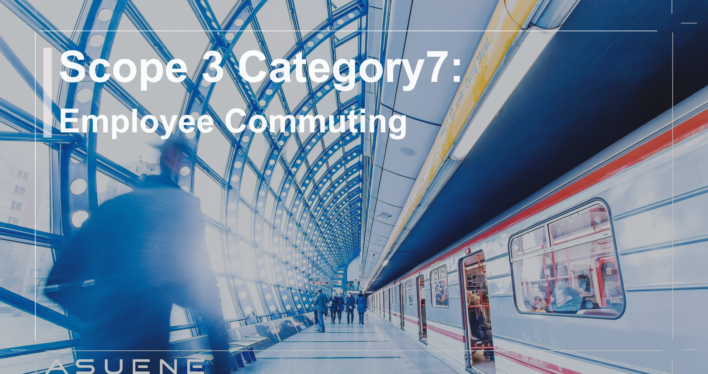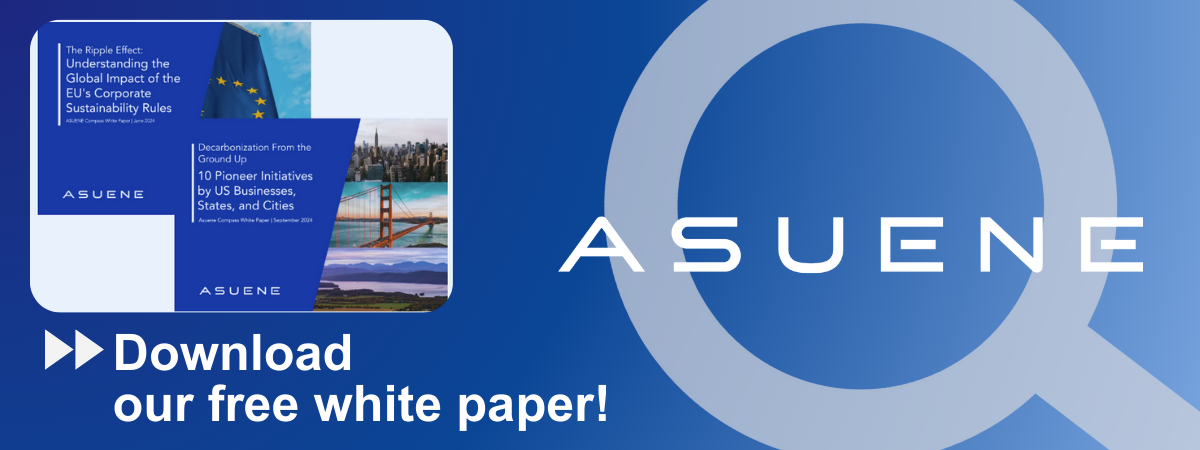- Article Summary
-
Overview of Category 7: Employee Commuting
Scope 3 Category 7 includes emissions from the daily travel of employees between their homes and worksites in vehicles not owned or operated by the company. This includes private cars, public transportation, cycling, walking, and other modes. As hybrid and remote work arrangements evolve, commuting emissions are gaining attention as a key element in employee-centered sustainability strategies.
While typically smaller than other categories, employee commuting represents a highly visible and culture-sensitive emission source—one that also intersects with HR, facilities, and urban planning.

Boundary and Scope Definition
Included:
- Private car use (fossil-fuel and electric vehicles)
- Public transport (bus, subway, rail)
- Bicycles and walking (zero-emission, for reporting completeness)
- Company-subsidized transport (shuttles, carpools)
Excluded:
- Business travel (Category 6)
- Company-owned vehicles (Scope 1)
- Remote work without commuting
Relevant regulations:
- CSRD / ESRS E1: Requires material Scope 3 categories to be reported
- 2025 GHG Protocol update: Emphasizes use of employee survey data and hybrid work patterns

Calculation Methodologies
Common approaches include:
- Survey-Based Method: Collect mode, distance, and frequency data directly from employees (most accurate)
- Modeled Approach: Use national statistics or regional averages by worksite location
- Spend-Based Method: Apply average emissions per dollar of commuting reimbursement (least preferred)
Key inputs:
- Average round-trip distance
- Days per week onsite
- Vehicle occupancy rates
- Fuel type or transport electrification rates
Data Collection Strategies
Reliable commuting emissions data starts with employee engagement and smart systems:

- Anonymous Employee Surveys: Gather commute mode, distance, and frequency
- HR & Facilities Data: Combine location-based attendance with transport benefits
- Mobility Tools: Use apps or platforms to analyze real-time commuting trends (optional)
- Hybrid Work Schedules: Adjust calculations to reflect remote working patterns
It’s important to ensure privacy compliance (e.g., GDPR) when collecting or processing commuting-related personal data.
Emission Reduction Approaches
Commuting emissions can be addressed through organizational support and infrastructure:
- Remote Work Policies: Reduce commuting days via hybrid work flexibility
- Public Transit Incentives: Offer subsidies, passes, or pre-tax benefits
- Active Mobility Support: Provide bike racks, showers, and safe routes to work
- EV Charging & Carpooling: Install EV infrastructure and promote shared commuting
- Mobility-as-a-Service (MaaS): Bundle transport options through company-sponsored platforms
These initiatives not only cut emissions but also boost employee satisfaction and wellness.
Case Studies: Leadership in Low-Carbon Commuting
Microsoft
Microsoft offers commuter benefits including shuttle buses, bicycle programs, and flexible work schedules. It calculates and reports commuting emissions using internal survey data. (Microsoft Sustainability Report)
Salesforce
Salesforce promotes low-emission commuting through subsidies for public transit and e-bike programs. It incorporates remote work into its commute emissions model post-pandemic. (Salesforce Stakeholder Impact Report)
Siemens
Siemens runs a global mobility program encouraging electric commuting, subsidized rail passes, and active travel. It tracks emissions from commuting as part of its Scope 3 strategy. (Siemens Sustainability Information)
These examples illustrate how strategic commuting policies can complement broader decarbonization goals while enhancing workplace equity and wellbeing.
Why Work with ASUENE Inc.?
Asuene is a key player in carbon accounting, offering a comprehensive platform that measures, reduces, and reports emissions, including Scope 1-3, with expertise in decarbonization. Asuene serves over 10,000 clients worldwide, providing an all-in-one solution that integrates GHG accounting, ESG supply chain management, a Carbon Credit exchange platform, and third-party verification.
ASUENE supports companies in achieving net-zero goals through advanced technology, consulting services, and an extensive network.


